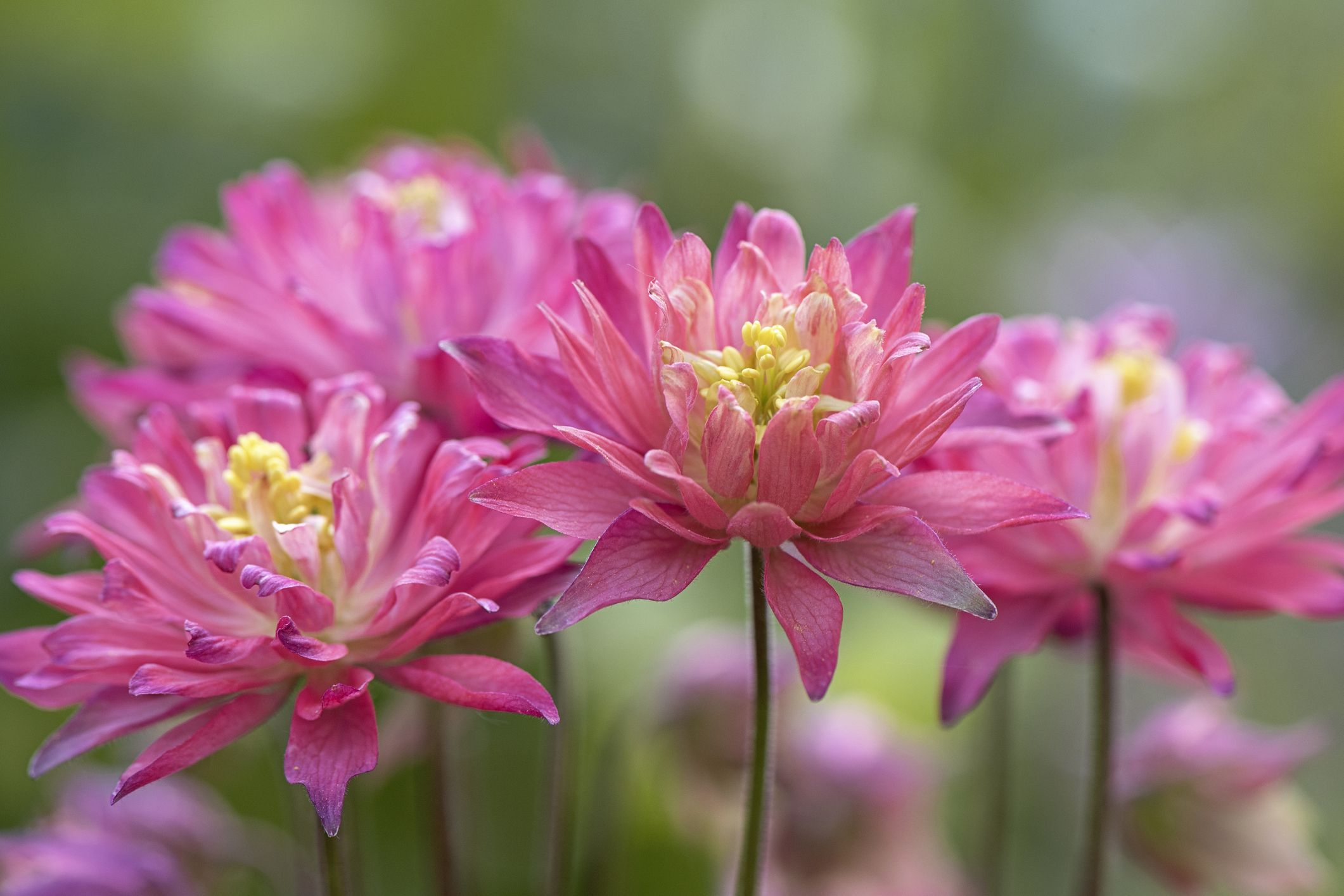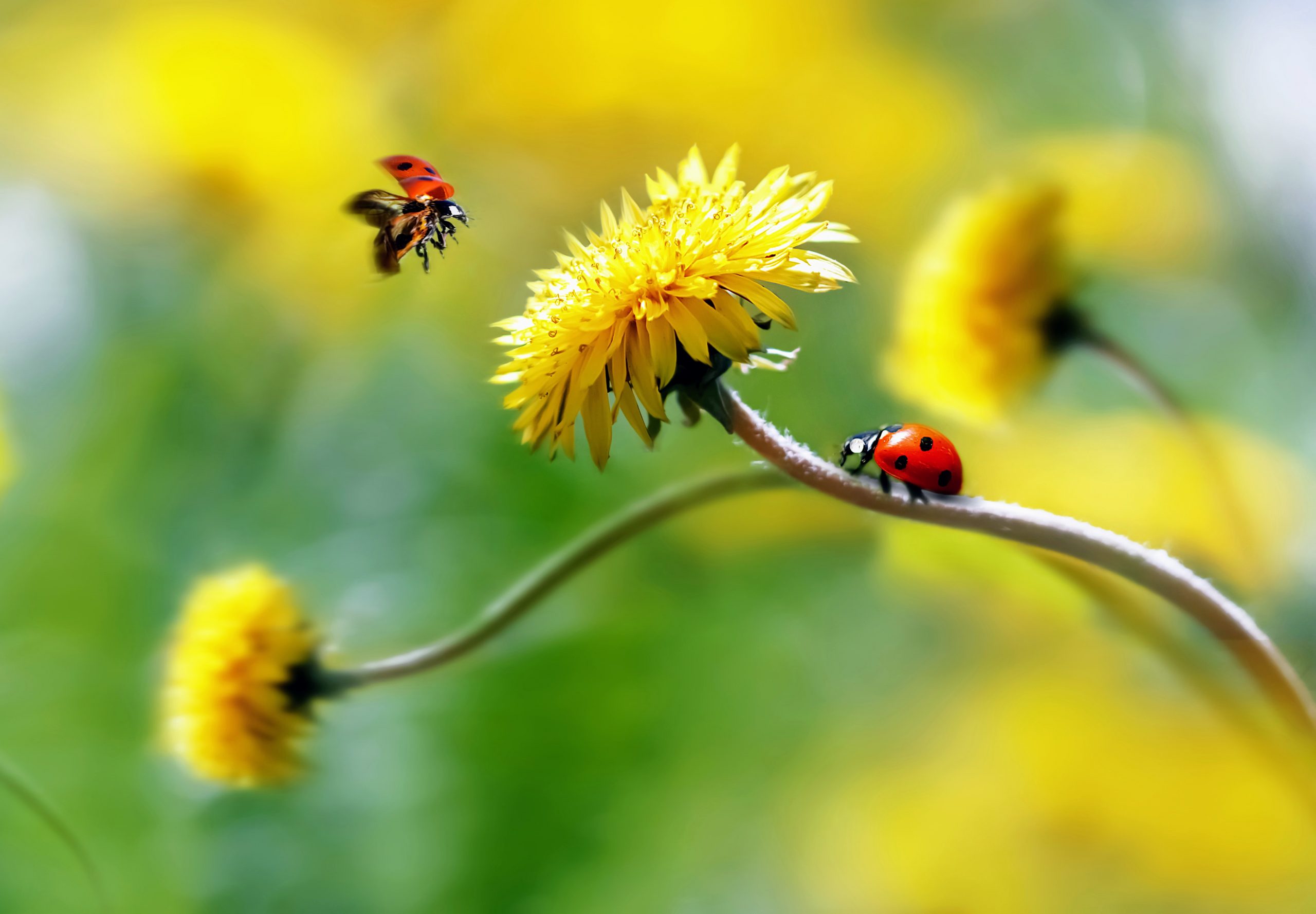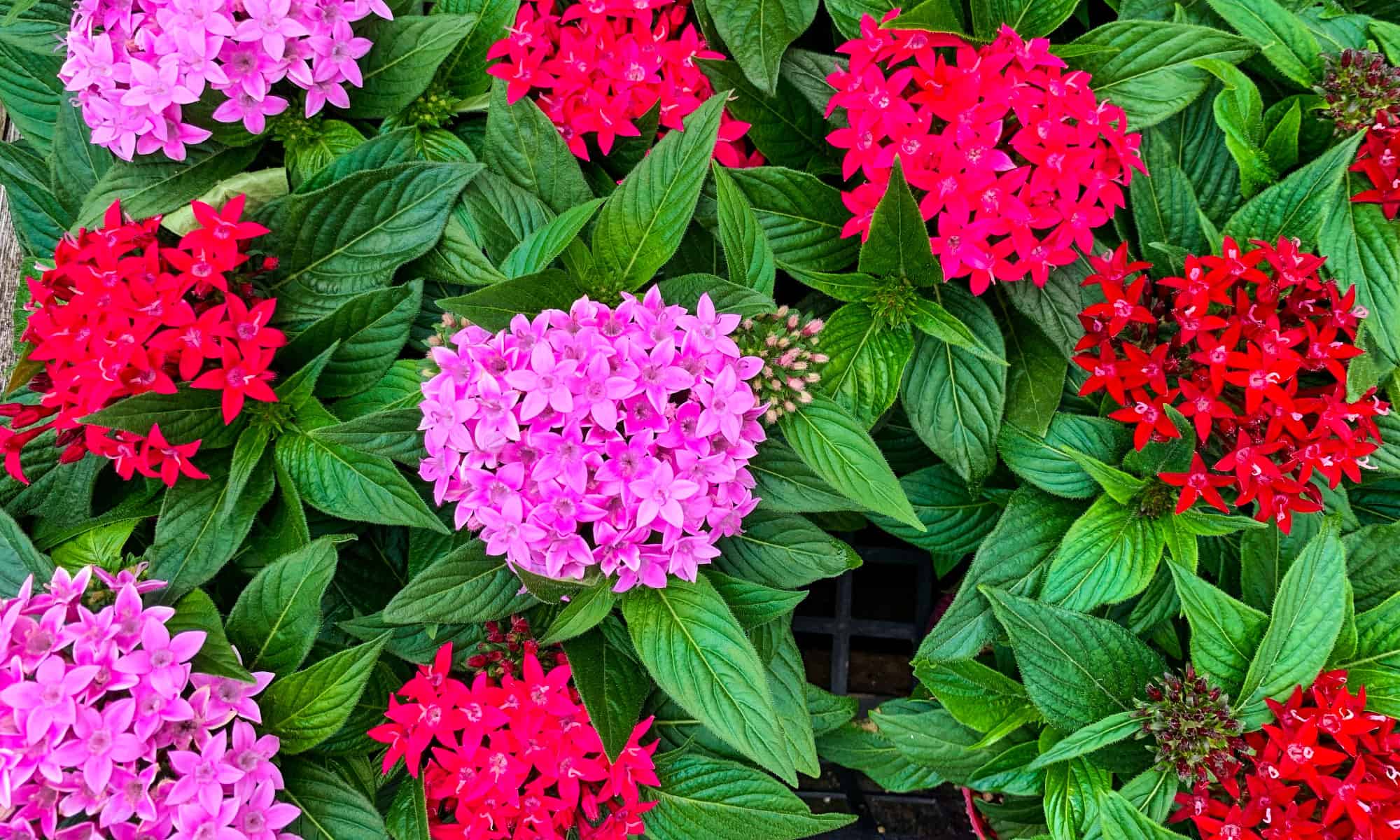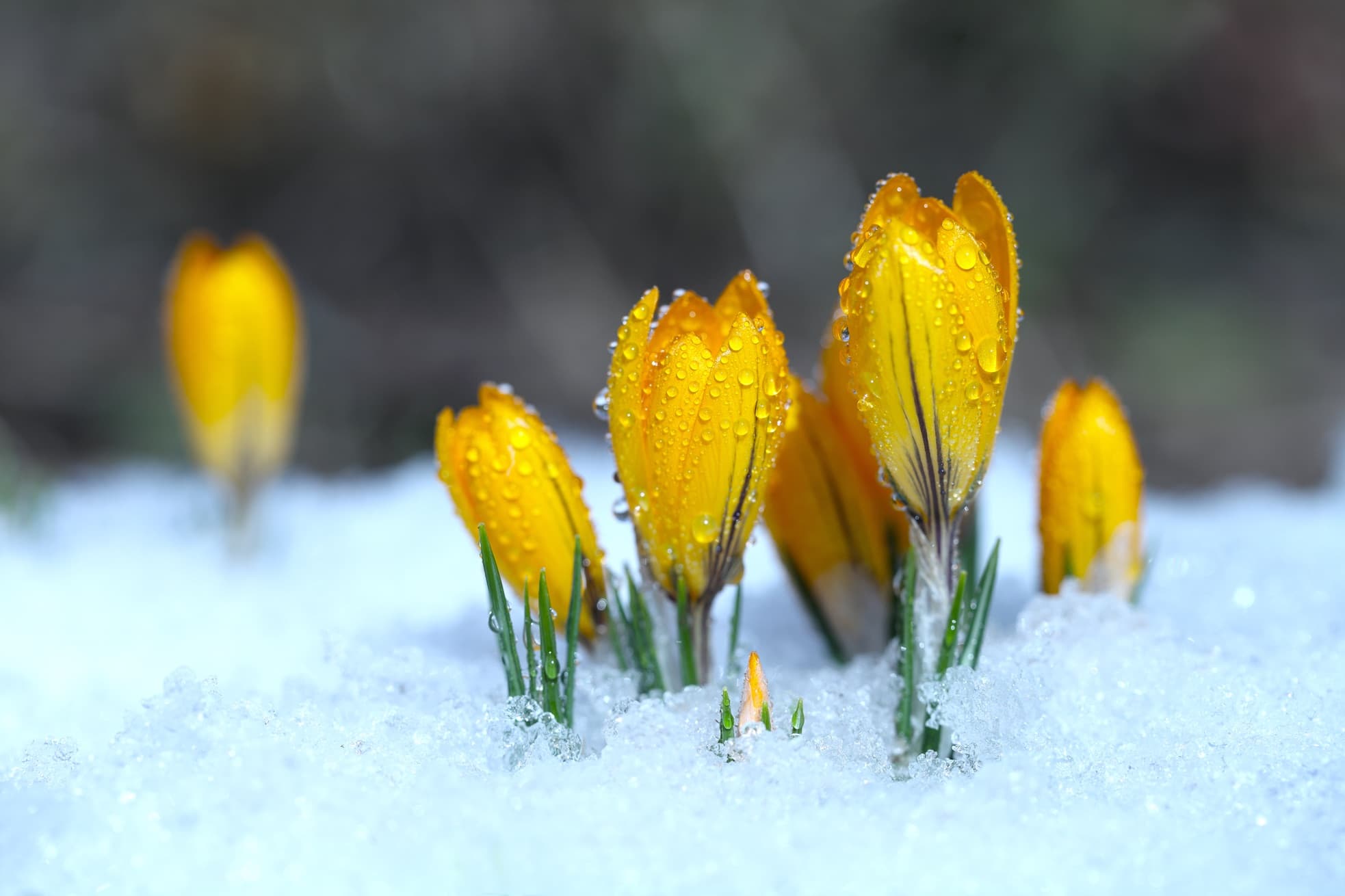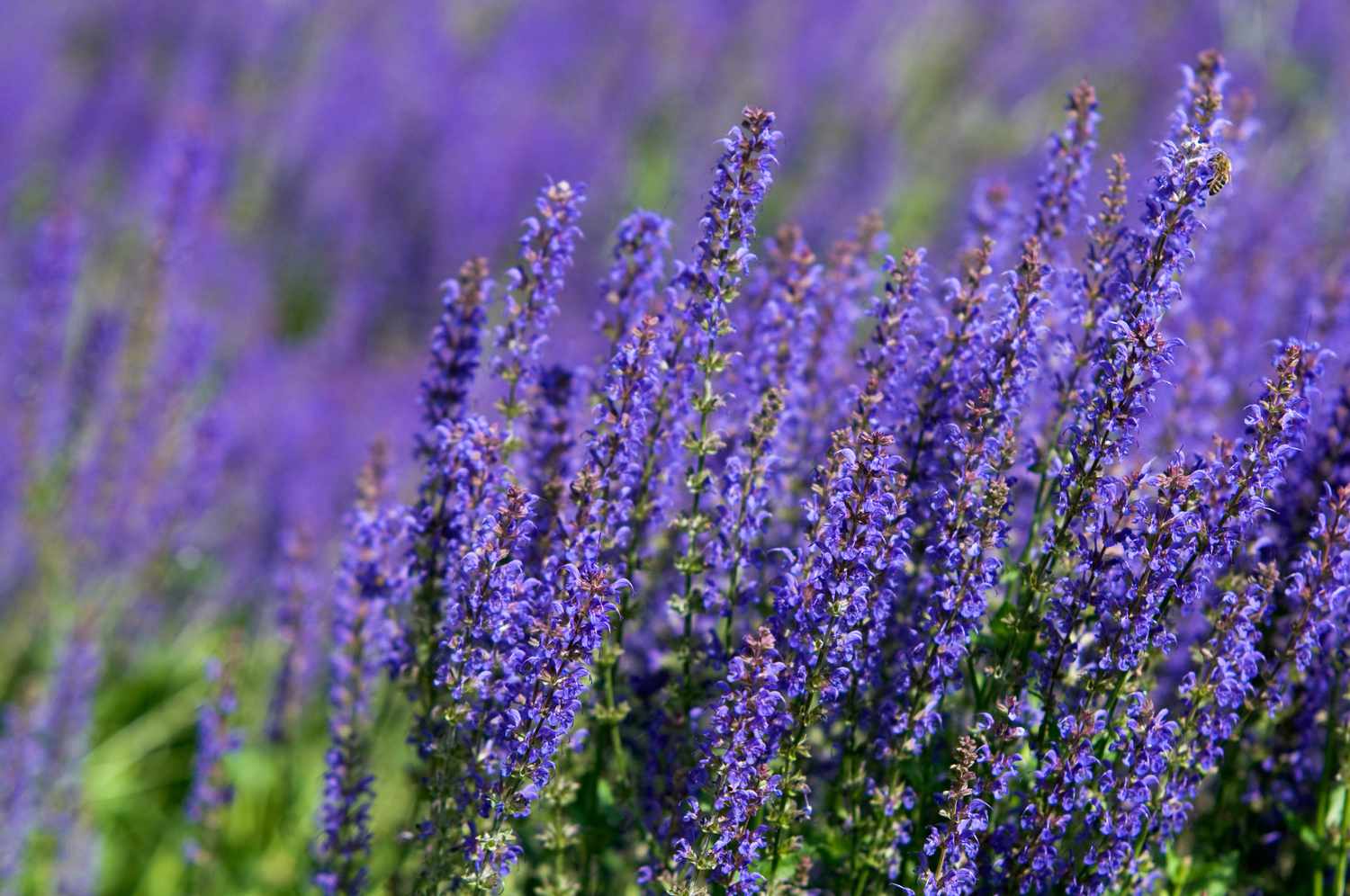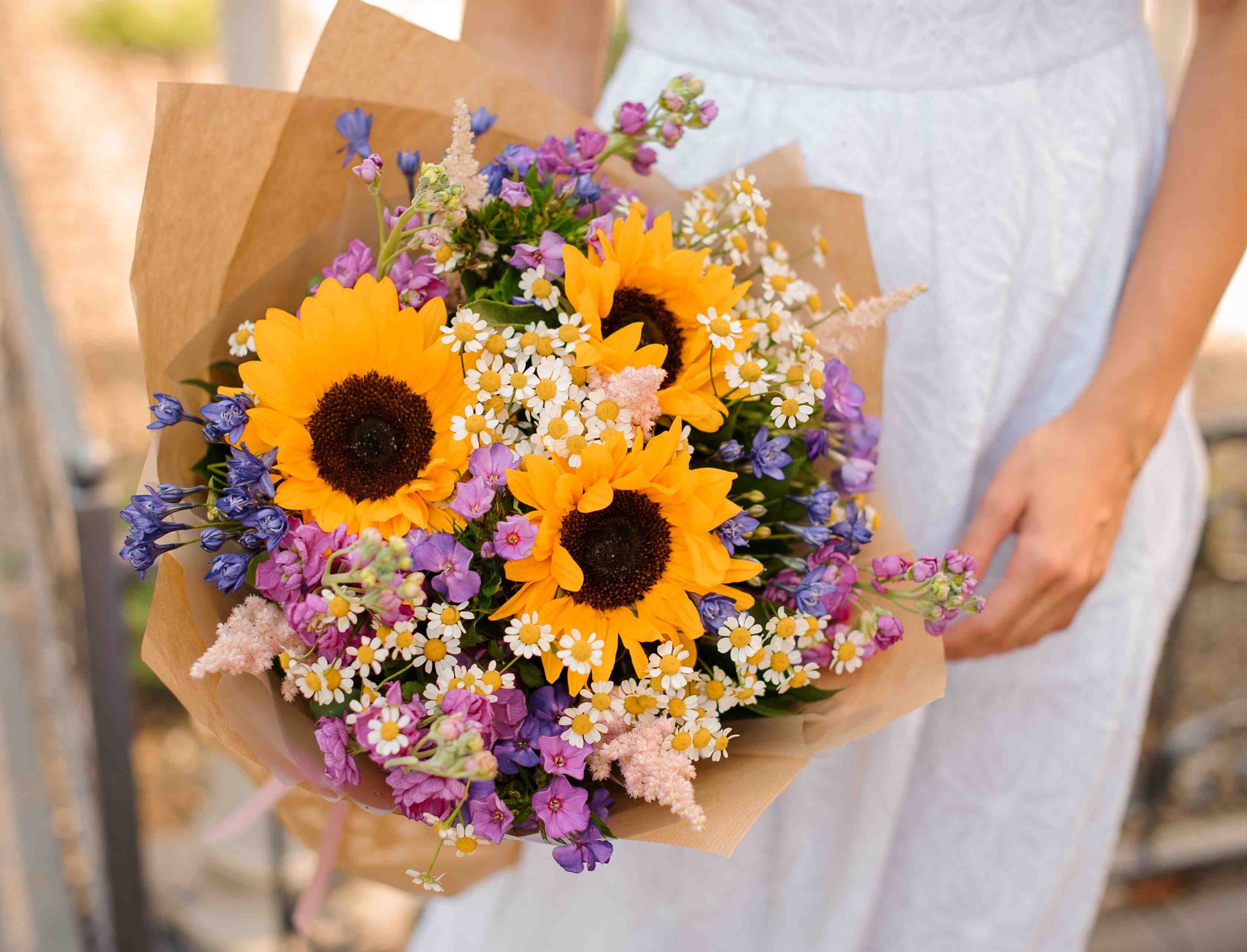Home>Gardening News and Trends>What Flowers Represent Healing
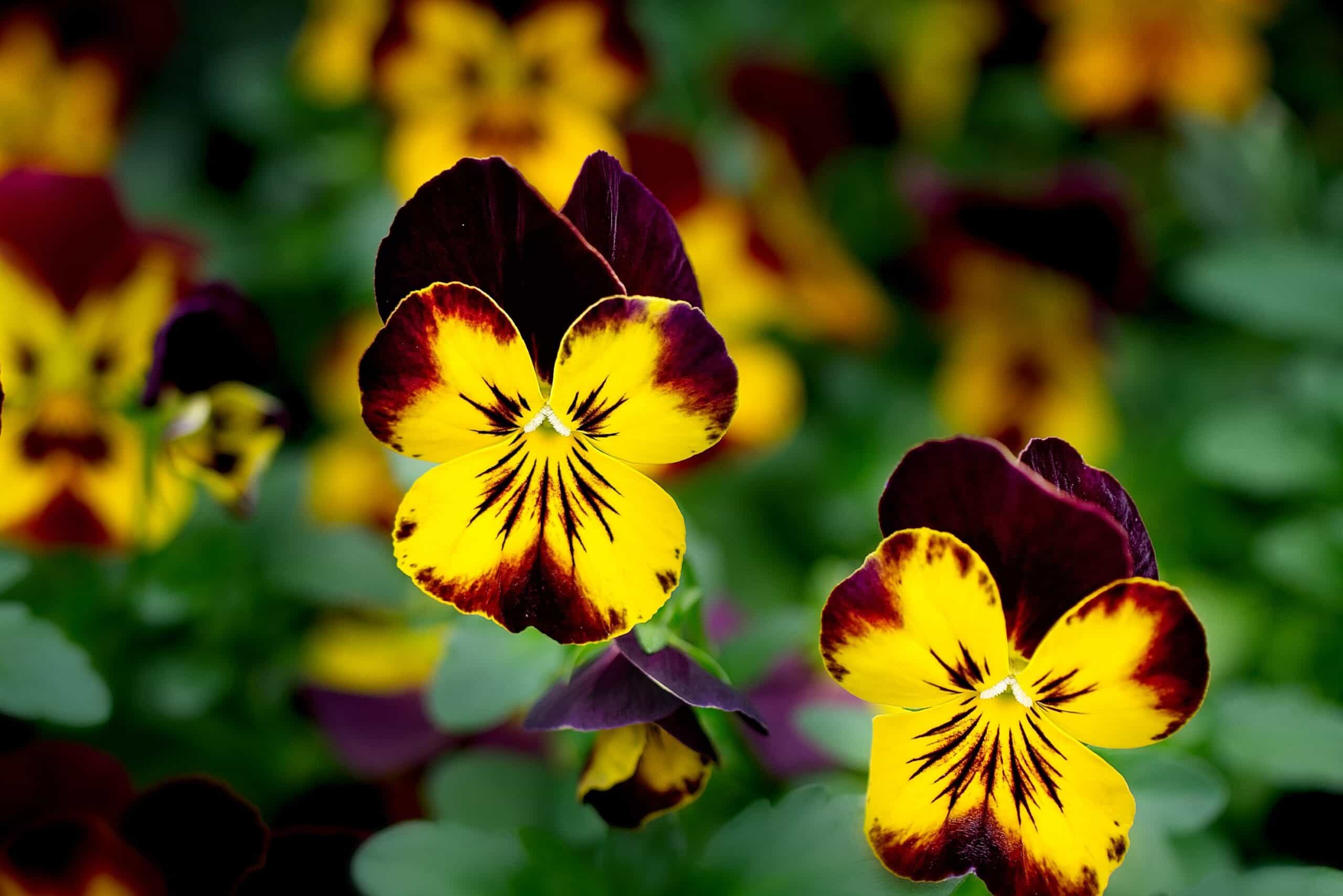

Gardening News and Trends
What Flowers Represent Healing
Modified: January 22, 2024
Looking for the latest news on what flowers represent healing? Discover the powerful symbolism behind different blooms and their therapeutic benefits.
(Many of the links in this article redirect to a specific reviewed product. Your purchase of these products through affiliate links helps to generate commission for Chicagolandgardening.com, at no extra cost. Learn more)
Table of Contents
Introduction
Flowers have long been cherished for their beauty and fragrance, but did you know they also hold symbolic meaning in various aspects of human life? The art of using flowers for healing purposes has been practiced for centuries, across different cultures and traditions. Whether it is physical, emotional, or spiritual healing, flowers have been embraced as a natural and holistic way to restore balance and promote well-being.
When we think of healing, we often focus on medical treatments and therapies. However, the power of nature should not be underestimated. Flowers, with their vibrant colors and delicate petals, possess a unique energy that can positively impact our physical, emotional, and spiritual state. Each flower carries its own symbolism and energy, making them perfect allies in our journey towards healing and self-discovery.
Throughout history, cultures around the world have recognized the significance of certain flowers in promoting healing and well-being. Whether used in aromatherapy, as herbal remedies, or simply as visual stimuli, these flowers have become synonymous with healing practices. By understanding the symbolism behind each flower and incorporating them into our lives, we can tap into their inherent healing qualities and experience a profound sense of restoration.
In this article, we will explore the symbolism of flowers in healing practices, delving into the specific flowers that represent physical, emotional, and spiritual healing. We will also take a closer look at how different cultures incorporate flowers into their healing traditions. Furthermore, we will highlight the importance of floral therapy in our modern-day lives.
So, let us embark on this journey of exploring the world of healing flowers and discover the immense power they hold in assisting us on our path to well-being and self-renewal.
The Symbolism of Flowers in Healing Practices
Flowers have been used symbolically for centuries, with each bloom representing different qualities and energies. These symbolic meanings have been incorporated into healing practices, where flowers are believed to embody specific healing properties and promote wellness.
One of the reasons flowers hold such significance in healing practices is their inherent connection to beauty and vitality. Their vibrant colors and delicate petals are visually pleasing, evoking feelings of joy and serenity. This visual appeal has a profound impact on our emotions and mental state, creating a positive and harmonious environment for healing.
Furthermore, flowers are closely associated with nature, which is often seen as a source of rejuvenation and renewal. Just like plants grow and bloom, the human body and spirit have the capacity to heal and regenerate. By aligning ourselves with the natural energy of flowers, we tap into this innate ability to heal.
Moreover, specific flowers have been assigned symbolism that aligns with their healing qualities. For example, the rose is often associated with love and compassion. Its sweet scent and soothing colors have a calming effect on the mind and can promote emotional healing. On the other hand, the sunflower represents vitality and optimism, energizing and rejuvenating the spirit. By understanding the symbolism behind each flower, we can harness their unique energies to support our healing processes.
Additionally, the practice of floral therapy, also known as flower essence therapy, utilizes the energetic properties of flowers to promote holistic healing. This therapy involves capturing the essence of flowers in water, which is then used as a remedy to address emotional and spiritual imbalances. By ingesting or applying flower essences to the body, the healing vibrations of the flowers are believed to restore harmony and balance within.
Overall, the symbolism of flowers in healing practices is rooted in their ability to connect us with the beauty of nature, evoke emotions, and carry unique healing properties. By embracing the power of flowers, we can tap into these inherent qualities and invite healing and transformation into our lives.
Flowers That Represent Physical Healing
When it comes to physical healing, certain flowers are believed to possess specific properties that can aid in restoring health and well-being. These flowers are often associated with their medicinal properties or their ability to support the body’s natural healing processes.
One such flower is the lavender. Known for its soothing scent and calming properties, lavender is commonly used in aromatherapy to promote relaxation and alleviate pain. It has also been used traditionally to aid in sleep and relieve headaches. Additionally, chamomile is another flower with physical healing properties, especially when it comes to digestive issues. It is often consumed as a tea to soothe stomach discomfort and promote digestion.
Another flower that is associated with physical healing is the calendula. Calendula has anti-inflammatory properties and is often used topically to treat skin irritations, wounds, and burns. Its vibrant orange or yellow petals contain compounds that can assist in the regeneration of skin cells and reduce inflammation. Similarly, the marigold flower is renowned for its healing properties and is often used in topical ointments to treat minor cuts and wounds due to its antimicrobial and antifungal properties.
In addition to these flowers, the Echinacea flower has gained popularity for its potential immune-boosting properties. It is believed that Echinacea can strengthen the immune system and help the body fight off infections. This flower is commonly used in herbal remedies to support overall health and wellness.
Furthermore, the rosemary herb, with its distinct woody fragrance, is associated with physical healing. Rosemary has been traditionally used to alleviate muscle pain and improve circulation. Its essential oil is often used in massages to relieve muscular tension and stimulate blood flow.
Overall, these flowers and herbs are believed to possess physical healing properties that can aid in the recovery and restoration of the body. Whether it is reducing inflammation, boosting the immune system, or offering pain relief, incorporating these flowers into our lives can support our physical well-being and enhance the healing process.
Flowers That Represent Emotional Healing
Emotional healing is a vital aspect of our overall well-being. Flowers have long been associated with emotional healing, as they have the power to evoke certain emotions and provide solace during difficult times. These flowers can help us navigate through emotional challenges and promote a sense of serenity and balance.
One of the most well-known flowers for emotional healing is the rose. With its delicate petals and sweet scent, the rose represents love, compassion, and tenderness. It can evoke feelings of comfort and support, making it an ideal flower for healing emotional wounds and heartache. Rose essential oil is also used in aromatherapy to promote feelings of relaxation and emotional well-being.
Another flower that represents emotional healing is the lily. Lilies are often associated with purity, renewal, and rebirth. They symbolize the release of emotional baggage and the embracing of new beginnings. The white lily, in particular, is believed to bring a sense of peace and calmness, making it a popular choice for healing spaces and ceremonies.
Jasmine is another flower known for its emotional healing properties. Its intoxicating scent has a calming effect on the mind and can alleviate stress and anxiety. Jasmine is often used in aromatherapy to promote relaxation, relieve emotional tension, and uplift the spirit.
The sunflower, with its vibrant yellow petals and towering presence, is also associated with emotional healing. It represents positivity, resilience, and optimism. The sunflower’s bold and lively energy can help dispel feelings of sadness, depression, and hopelessness, bringing forth a sense of joy and renewed vitality.
Furthermore, the chamomile flower, with its gentle and soothing qualities, is often used to promote emotional healing and relaxation. Chamomile tea is known for its calming properties and is a popular choice for reducing stress and promoting sleep.
These flowers, among many others, have been treasured for their ability to provide emotional support and healing. By surrounding ourselves with their beauty and incorporating them into our daily lives, we can tap into their energy and experience a profound sense of emotional well-being.
Flowers That Represent Spiritual Healing
Spiritual healing encompasses the realm of our inner selves, connecting us to our higher consciousness and the divine. Flowers have long been revered for their ability to facilitate this spiritual connection and promote inner growth and enlightenment. Certain flowers carry deeper spiritual symbolism, serving as powerful allies in our spiritual healing journeys.
The lotus flower is perhaps one of the most well-known symbols of spiritual healing. In many Eastern cultures, the lotus represents purity and enlightenment. It is often depicted as emerging from murky waters, signifying the journey from darkness to spiritual awakening. The lotus flower encourages us to rise above challenges and obstacles on our spiritual path, allowing us to blossom and reach our highest potential.
The orchid is another flower closely associated with spiritual healing. With its intricate and delicate beauty, the orchid represents spiritual growth, harmony, and transformation. Orchids are believed to bring a sense of peace and serenity and can serve as a reminder to embrace the present moment and appreciate the beauty in all aspects of life.
The daffodil, with its bright yellow blooms, has spiritual significance in various cultures. It symbolizes renewal, rebirth, and the awakening of a newfound spiritual awareness. The daffodil is often associated with the arrival of spring, signifying the emergence of new beginnings and the opportunity for personal growth.
The lavender flower, known for its calming properties, is also associated with spiritual healing. The soothing scent of lavender is believed to enhance meditation practices and promote a deep connection to the divine. It is often used in rituals and ceremonies to create a sacred and peaceful atmosphere.
Additionally, the white sage plant is highly regarded for its spiritual cleansing properties. Used in smudging rituals, the smoke of burning white sage is believed to purify and cleanse negative energy, allowing spiritual healing and restoration to take place. White sage is utilized by various indigenous cultures in their spiritual practices.
These flowers, along with many others, hold spiritual significance and can assist us in our spiritual healing journeys. By incorporating their symbolism and energy into our practices, we can deepen our connection with the divine, cultivate inner peace, and foster spiritual growth and enlightenment.
Healing Flowers Across Different Cultures
Flowers hold immense cultural significance and have been used for healing purposes in various traditions and cultures around the world. The belief in the healing properties of flowers transcends geographical boundaries, showcasing the universal recognition of their therapeutic qualities.
In Ayurveda, an ancient Indian holistic healing system, flowers play an important role in promoting balance and well-being. The Indian marigold, known as “Genda” in Hindi, is considered auspicious and is used in religious ceremonies. Its vibrant orange and yellow blooms are believed to dispel negative energy and bring forth positive vibrations.
In Traditional Chinese Medicine (TCM), flowers are frequently prescribed to support healing and promote overall wellness. Chrysanthemum, for example, is used to reduce inflammation and calm the mind. It is often brewed into tea to support heart health and soothe respiratory ailments. Similarly, the lotus flower is highly regarded in TCM for its cooling properties and ability to harmonize the body’s energy.
In Native American culture, different tribes have their own sacred plants and flowers for healing purposes. White sage, cedar, and sweetgrass are commonly used in smudging rituals to purify the energy and promote spiritual healing. These traditional healing practices are deeply rooted in the belief of spiritual interconnectedness and harmony with nature.
In the Hawaiian culture, the plumeria flower holds a special place in healing rituals. Known as “Melia” or “Lei flowers”, they are often used in the creation of floral leis, worn to honor and celebrate important milestones. The sweet fragrance of plumeria is believed to bring about a sense of peace and joy, aiding in emotional and spiritual healing.
In Japanese culture, the cherry blossom, or “Sakura”, represents the transient nature of life and is celebrated during the annual Cherry Blossom Festival. The cherry blossom is a symbol of beauty and renewal, reminding us to appreciate the present moment and embrace the impermanence of life. The sight of these delicate pink blooms is believed to bring happiness and inspire spiritual contemplation.
These are just a few examples of the healing flowers revered in different cultures. Whether it is the vibrant marigold in India, the soothing chrysanthemum in China, the purifying sage in Native American traditions, the fragrant plumeria in Hawaii, or the ephemeral cherry blossom in Japan, these flowers highlight the cultural richness and diversity in healing practices.
By embracing the healing flowers from various cultures, we can tap into the wisdom of different traditions and enhance our own healing journeys, fostering a deeper connection to nature and the collective human experience.
The Importance of Floral Therapy in Healing
Floral therapy, also known as flower essence therapy or flower remedies, is a form of healing that utilizes the energetic properties of flowers to support holistic well-being. This gentle and non-invasive therapy has gained recognition for its ability to address emotional, mental, and spiritual imbalances, promoting healing on a deep level.
One of the key aspects of floral therapy is the belief that flowers embody specific energetic qualities that can impact our emotions, thoughts, and overall vitality. These qualities are extracted through the creation of flower essences, which capture the vibrational energy of the flowers, often through sunlight infusion or boiling. These essences can be used internally, topically, or even in the form of mists or sprays.
Flower essences work subtly, yet powerfully, on an energetic level to restore balance and harmony within us. They gently stimulate our body’s own healing mechanisms, helping to release emotional blocks, reduce stress, and promote a sense of well-being. By addressing the root cause of disharmony, floral therapy goes beyond just alleviating symptoms and aims to rebalance our entire being.
Floral therapy is particularly beneficial in the realm of emotional healing. Flowers have a unique way of touching our hearts and soothing our souls. Through their natural beauty and fragrance, they can evoke feelings of serenity, joy, and tranquility. Floral therapy can help us release negative emotions, heal emotional wounds, and cultivate a more positive outlook on life.
Mental well-being is also enhanced through floral therapy. The essences of certain flowers have the ability to promote mental clarity, focus, and inner peace. They can help alleviate anxiety, promote relaxation, and cultivate a more balanced state of mind. By calming the mind and reducing mental chatter, floral therapy allows for greater clarity, creativity, and emotional intelligence.
Furthermore, floral therapy has a profound impact on spiritual healing and growth. The energetic qualities of flowers can facilitate a deeper connection with our higher selves and the divine. They can support our spiritual journeys by helping us tap into intuition, expand consciousness, and cultivate a sense of inner peace and harmony with the universe.
The beauty of floral therapy lies in its accessibility and versatility. Flower essences can be used by people of all ages, from children to the elderly. They can complement other healing modalities and therapies, enhancing their effectiveness. Furthermore, floral therapy is safe and non-toxic, making it suitable for long-term use and integration into daily life.
Overall, floral therapy offers a gentle yet powerful approach to healing, addressing the holistic well-being of individuals. Through the energetic vibration of flowers, it supports emotional healing, mental clarity, and spiritual growth. By embracing the power of flowers, we invite the transformative energy of nature into our lives, promoting balance, harmony, and healing in all aspects of our being.
Conclusion
The use of flowers in healing practices spans across cultures and traditions, demonstrating the universal recognition of their unique qualities and therapeutic benefits. From physical healing to emotional and spiritual well-being, flowers have the power to transform and restore us on multiple levels.
The symbolism of flowers in healing practices goes beyond their aesthetic appeal. Each flower carries its own energetic qualities and symbolism that can support our healing journey. Whether it is the soothing scent of lavender for relaxation, the vibrant blooms of roses for emotional healing, or the spiritual connection evoked by the lotus flower, flowers have the ability to touch our souls and promote profound transformation.
Floral therapy, with its use of flower essences, expands our understanding of the healing potential of flowers. By harnessing the energetic vibrations of flowers, this gentle and non-invasive therapy addresses emotional, mental, and spiritual imbalances. It helps us release negative emotions, reduce stress, promote mental clarity, and reconnect with our higher selves.
Moreover, the cultural significance of healing flowers provides a glimpse into the rich tapestry of human traditions. Native American smudging rituals, Indian Ayurvedic practices, Chinese herbal medicine, and Japanese Cherry Blossom festivals all celebrate the power of flowers in promoting healing and well-being.
Flowers offer us a tangible connection to nature and remind us of our interconnectedness with the world around us. They teach us important lessons about resilience, renewal, and the impermanence of all things. By embracing the healing power of flowers, we can cultivate a deeper appreciation for the natural world and tap into its profound capacity to restore and transform us.
So, whether you choose to incorporate healing flowers into your space, explore floral therapy, or simply take time to appreciate the beauty of a blooming garden, remember that flowers are not just pretty adornments but allies on our journey to healing and self-discovery.
